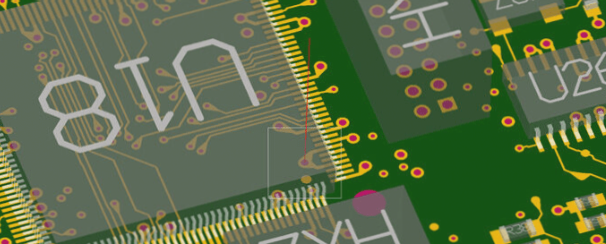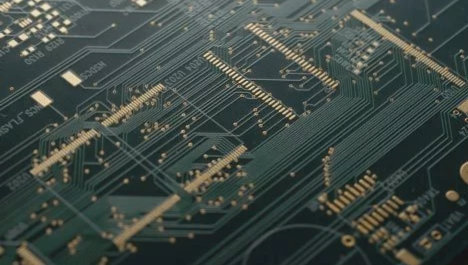
The increased wiring density of HDI PCB boards enables more functions per unit area. Advanced HDI PCBs feature multilayer copper-filled stacked microvias, facilitating intricate interconnections. Microvias are tiny laser-drilled holes on multilayer circuit boards that interconnect between layers, essential for advanced smartphones and handheld electronic devices where these vias span multiple layers. Microvias vary from staggered and offset to stacked, top-plated, or filled with solid copper.
HDI (High-Density Interconnection) Technology employs a multilayer board manufacturing process, combining layer stacking and micro blind hole embedding methods. Micro holes refer to PCB holes with diameters less than 6 mil (150 µm).
Buried Via Holes are inner-layer holes invisible in the final product, primarily used for inner-line conduction to reduce signal interference and maintain transmission line impedance continuity. By not occupying surface area, buried vias allow more components on the PCB surface.
Blind Vias are through-holes connecting surface and inner layers without penetrating the entire board.
HDI PCBs are typically manufactured via lamination. Higher-order HDI PCBs involve multiple lamination cycles, employing advanced technologies like via stacking, electroplating, hole filling, and laser direct drilling. When PCB density exceeds eight layers, HDI manufacturing costs become lower than traditional complex pressing processes. HDI PCBs support advanced construction technologies, offering superior electrical performance, signal accuracy, and improved mitigation of radio frequency interference, electromagnetic waves, electrostatic discharge, and heat conduction.
Electronics increasingly demand high density and precision. HDI technology enhances device performance while reducing size. Popular electronic products such as smartphones, digital cameras, laptops, and automotive electronics utilize HDI PCBs due to their compact design and high performance.
Distinguishing between first, second, and third-order HDI PCBs:
– First-order HDI is straightforward with easy process control.
– Second-order HDI introduces alignment and punching challenges, featuring staggered designs that connect adjacent layers midway akin to two first-order HDIs. Alternatively, second-order HDIs overlap two first-order holes, necessitating meticulous process control.
– Third-order HDI drills directly from outer to third (or N-2) layers, requiring a different, more complex process.
HDI technology lacks a precise definition but notably differs from non-HDI PCBs. HDI circuit boards feature apertures ≤ 6 mil, hole ring diameters ≤ 10 mil, line density > 130 points per square inch, and signal line spacing < 3 mil. HDI PCBs offer numerous advantages: high integration reducing board area while maintaining complexity, weight reduction, enhanced RF and HF circuit design capabilities, and reduced EMI issues through large-area metal grounding layers.
HDI PCBs are lighter, denser, and utilize chassis space more effectively than non-HDI designs. They improve signal transmission quality for SoC and high-frequency devices, enhancing transmission efficiency. HDI PCBs of more than 8 layers generally achieve better cost performance than non-HDI counterparts, improving product competitiveness in the market.
—
This revision aims to maintain the original content while enhancing readability and clarity.


